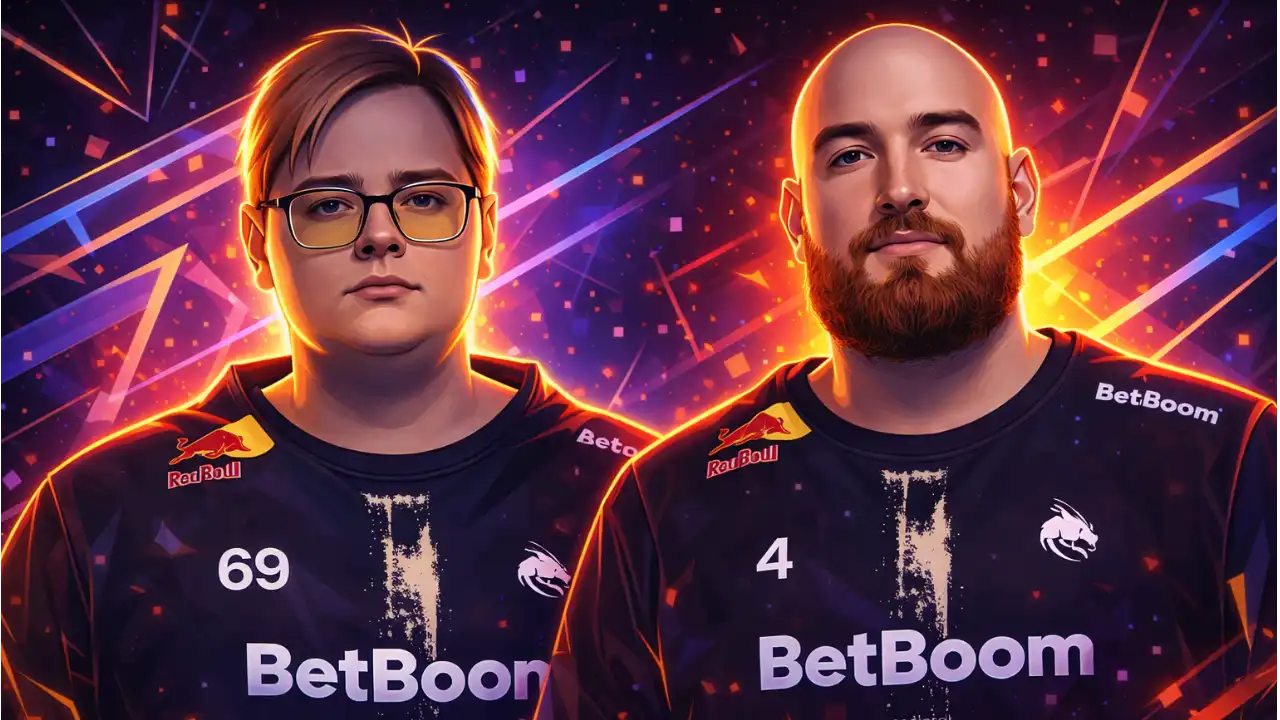M4A1-S “Solitude” reaches the end of its Armory run — what the debut meant and why the final window matters

M4A1-S “Solitude” reaches the end of its Armory run — what the debut meant and why the final window matters
Valve’s limited-edition M4A1-S | Solitude is entering its last days in the Counter-Strike 2 Armory, closing the chapter on one of CS2’s most talked-about debuts of the summer. The rifle first appeared alongside August’s Ancient Night update as the time-limited Armory item, a designation Valve has used sparingly since the Armory system went live. With the rotation now approaching its cutoff, players weighing a purchase have a final, well-defined window to act — and collectors are watching closely.
A debut tied to CS2’s evolving Armory
“Solitude” didn’t arrive through a case, capsule, or major-event drop. Instead, Valve featured it directly in The Armory, the in-client storefront that rotates curated cosmetics and lets users spend Armory Credits earned with the Armory Pass. That structure, introduced for CS2 and iterated on across 2024–2025, put the rifle on a clock from day one: a limited window, a fixed credit cost, and clear messaging that it would be pulled from the shelf after the run.
Patch notes dated August 14, 2025 confirm the debut: Valve’s changelog for build 19602992 lists “New Limited Time Item, the M4A1-S | Solitude, is now available in The Armory,” rolled into the broader Ancient Night update. That same note stream also documents the companion Armory tweaks that underpin the offer. In short, “Solitude” was conceived as an Armory showcase — a modern, time-boxed alternative to the classic case ecosystem.
Price, format, and the final day
Coverage from esports outlet Hotspawn spelled out the user-side details that mattered most: the rifle’s 25-credit price in the Armory and the removal date of November 10. That framing — transparent cost, long but finite runway — is exactly what distinguishes Armory debuts from the roulette of case openings. It also explains the recent spike in chatter: as the deadline nears, players who hedged now face a true last chance.
For anyone late to the Armory model, the logic is straightforward: obtain an Armory Pass, earn credits by playing, and redeem those credits on items in the current rotation. When the clock hits the rotation’s end, the featured item disappears from Valve’s store and ownership can only change hands peer-to-peer on marketplaces. Valve’s own patch streams and aggregated notes have been consistent about this cadence since Armory’s introduction.
What a limited-run Armory item actually means
Calling a CS2 item “limited” carries specific implications. Unlike a case skin, where supply keeps trickling in as long as the case is unvaulted and opened, an Armory limited-time item has a capped primary supply once the sale window shuts. That doesn’t guarantee price appreciation — market sentiment, wear distribution, and alternative releases all play roles — but it does anchor the item in a known release period with no fresh inflow via the Armory after the cutoff. Community-facing primers and Valve-tracked changelogs have framed “Solitude” exactly in that lane.
Community response and collector context
As the deadline approached, creator and marketplace chatter focused on three practical questions:
-
Is 25 credits good value versus cases? For players who wanted this specific finish on a meta-relevant rifle, the fixed, case-free price removed variance and, for many, was the most economical route to guaranteed ownership. Hotspawn’s explainer hammered that value proposition, contrasting it with the “roll the dice” alternative.
-
Will rarity matter post-rotation? Historical parallels from CS2’s Armory catalog suggest that items with a single, well-publicized window do see trading premiums form around specific wears or patterns — but those effects are uneven and depend on demand. Valve’s own notes never promise investment upside; they simply define the supply mechanics by cutting off primary distribution on schedule.
-
What happens after November 10? Nothing disappears from inventories. The change is that new copies can no longer be redeemed from the Armory. Any further circulation would be via user trades and marketplaces, a dynamic consistent with how prior limited-time Armory items transitioned after their windows.
Why this debut mattered beyond one rifle skin
“Solitude” arrived at a pivotal moment for CS2’s economy. The Armory concept has been Valve’s answer to years of player feedback about agency and predictability: it gives users a way to target specific cosmetics without engaging with probabilistic loot mechanics. By placing an S-tier weapon class (the M4A1-S) into that system as a limited run, Valve effectively stress-tested whether time-boxed, fixed-price cosmetics could coexist with — and complement — the traditional case ecosystem. The result was weeks of steady, transparent purchasing rather than a frenzy of case openings and price swings, followed by a clearly signposted off-ramp.
The approach also produced something fans of professional Counter-Strike notice immediately: uniformity on stage. Because the Armory ties acquisition to play time and a flat credit cost, it widened access to a cohesive look for one of the game’s most used rifles. That matters aesthetically for broadcast and socially for teams hoping to present a unified brand identity in CS2’s current era.
Practical checklist before the window shuts
-
Confirm the timing in your client region and redeem before the rotation flips; Valve’s own notes and third-party coverage align on November 10 as the key date.
-
Ensure you have 25 Armory Credits ready; the Armory UI will show the current balance and the “Solitude” tile while it remains live.
-
Choose your wear: while the Armory purchase secures the item, wear tiers still affect look and trading interest after the fact, just as with case skins. (Valve doesn’t guarantee any financial outcome — it’s a cosmetic purchase first and foremost.)
The bottom line
As a debut, the M4A1-S | Solitude ticked all the boxes Valve appears to want from the Armory: clear rules, a fair-feeling acquisition path, and a defined cutoff that gives the item identity. With the final hours now in sight, players have a straightforward decision: redeem a guaranteed copy at a known credit price, or let the window pass and rely on the secondary market later. Either way, “Solitude” has already served its purpose as a test case for how limited-time Armory launches can coexist with CS2’s long-running skin economy — and it has done so with transparency rare in the game’s early, case-driven years.



